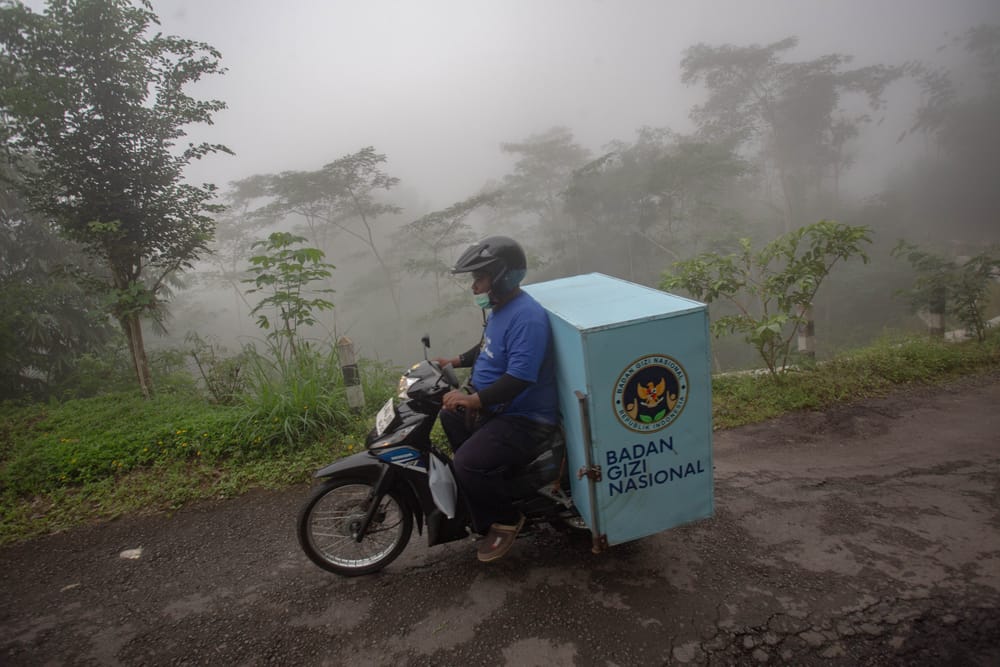Indonesia was shocked by the finding that shrimp exported to the United States contained radio isotopes that spur radiation harmful to health. The government team's findings point to Cikande, Serang, Banten as the initial source.
The government is also trying to quickly overcome this problem by negotiating with the US government to allow shrimp exports to Uncle Sam's country. In addition, protection for citizens due to radioactive exposure was also strengthened.
Some of the steps taken by the government to unravel the problem include:
- Sealing several points in the KIM Cimande area that are considered sources of radiation.
- Conduct decontamination in areas of suspected radiation exposure.
- Temporarily relocate residents who live close to the radiation source.
- Checking the health of the local people who were exposed to radiation, the results of which almost all residents were declared healthy.
Read the full article here.
The Cs-137 radionuclide contamination in the Cikande Modern Industrial Zone (KIM) has almost destroyed the ecosystem of the Indonesian shrimp industry. The risk threatens thousands of people to become unemployed, not to mention the adverse effects such as a decrease in the turnover of UMKM business people.
So, can Indonesia's shrimp industry survive? How can we learn from this case? Check out the full article here.
In the end, this issue can reach a settlement point. Starting from the decision of the United States Government to continue to receive shipments of shrimp from Indonesia, provided that Indonesian products, especially shrimp, have a safety certificate from radiation exposure issued by the Ministry of Maritime Affairs and Fisheries.
What are the procedures that need to be passed, and the extent of the danger of radiation exposure from this dangerous material, read the full review here.
The use of various radioactive elements is actually common in the industrial world. However, their management must also follow the applicable rules. There are provisions, if indeed the radioactive elements have ended their use period, the waste also needs to be handled. For example, it is returned to the selling company abroad.
Alternatively, if it is generated domestically, the waste can be managed at the disposal facility in Serpong. Read the Nuclear Energy Regulatory Agency's explanation of the problem here.





